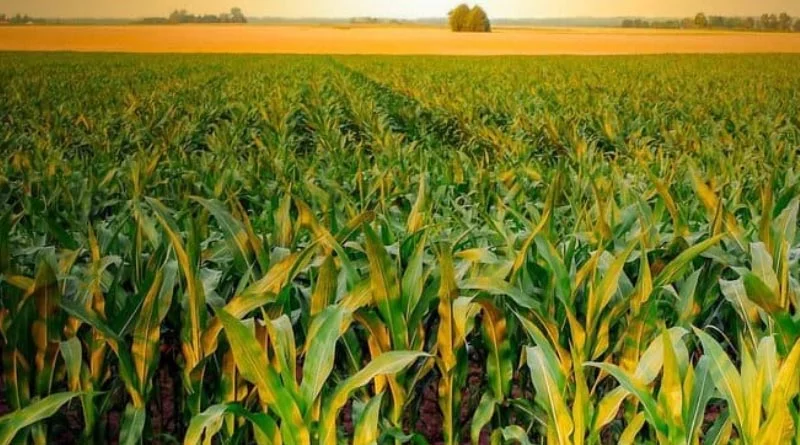Explanation:
- The Commission for Agricultural Costs & Prices (CACP) is an attached office of the Ministry of Agriculture and Farmers Welfare, Government of India. It came into existence in January 1965.
- Currently, the Commission comprises a Chairman, Member Secretary, one Member (Official) and two Members (Non-Official). The non-official members are representatives of the farming community and usually have an active association with the farming community.
- It is mandated to recommend minimum support prices (MSPs) to incentivize the cultivators to adopt modern technology, and raise productivity and overall grain production in line with the emerging demand patterns in the country.
- Assurance of a remunerative and stable price environment is considered very important for increasing agricultural production and productivity since the marketplace for agricultural produce tends to be inherently unstable, which often inflict undue losses on the growers, even when they adopt the best available technology package and produce efficiently. Towards this end, MSP for major agricultural products are fixed by the government, each year, after taking into account the recommendations of the Commission.
- As of now, CACP recommends MSPs of 23 commodities, which comprise 7 cereals (paddy, wheat, maize, sorghum, pearl millet, barley and ragi), 5 pulses (gram, tur, moong, urad, lentil), 7 oilseeds (groundnut, rapeseed-mustard, soyabean, seasmum, sunflower, safflower, nigerseed), and 4 commercial crops (copra, sugarcane, cotton and raw jute).
- CACP submits its recommendations to the government in the form of Price Policy Reports every year, separately for five groups of commodities namely Kharif crops, Rabi crops, Sugarcane, Raw Jute and Copra.
- Before preparing aforesaid five pricing policy reports, the Commission draws a comprehensive questionnaire, and sends it to all the state governments and concerned National organizations and Ministries to seek their views.
- Subsequently, separate meetings are also held with farmers from different states, state governments, National organizations like FCI, NAFED, Cotton Corporation of India (CCI), Jute Corporation of India (JCI), trader’s organizations, processing organizations, and key central Ministries.
- The Commission also makes visits to states for on-the-spot assessment of the various constraints that farmers face in marketing their produce, or even raising the productivity levels of their crops.
- Based on all these inputs, the Commission then finalizes its recommendations/reports, which are then submitted to the government.
- The government, in turn, circulates the CACP reports to state governments and concerned central Ministries for their comments. After receiving the feed-back from them, the Cabinet Committee on Economic Affairs (CCEA) of the Union government takes a final decision on the level of MSPs and other recommendations made by CACP.
- Once this decision is taken, CACP puts all its reports on the web site for various stakeholders to see the rationale behind CACP’s price and non-price recommendations.

